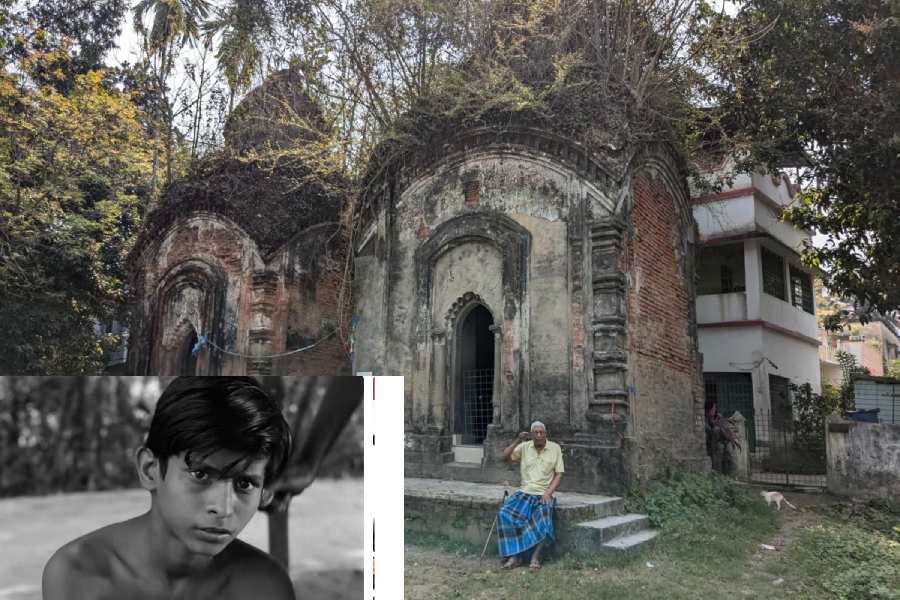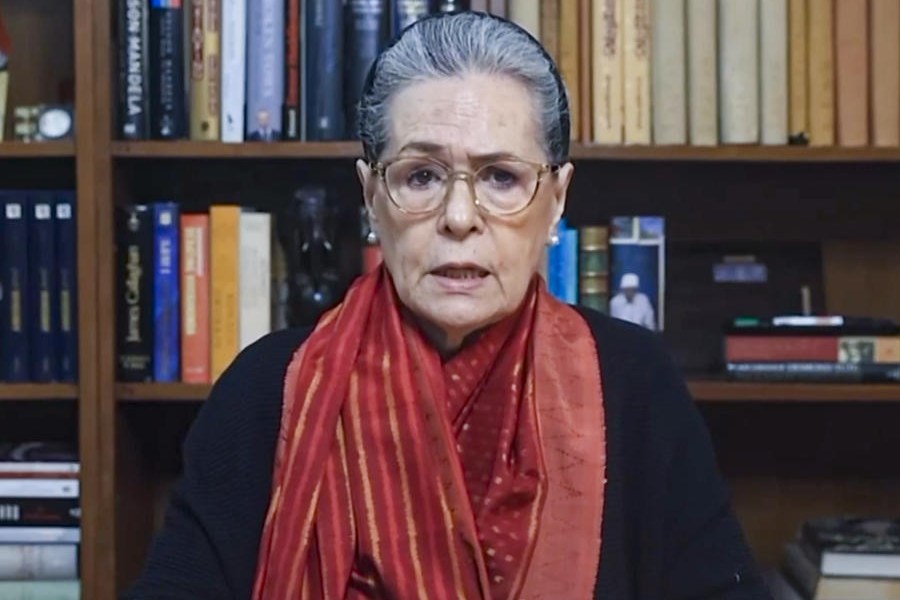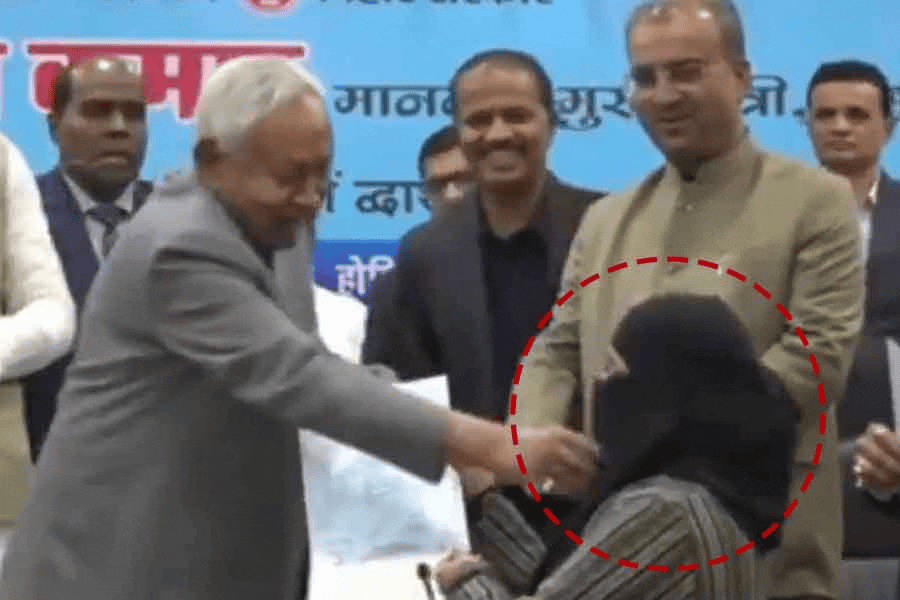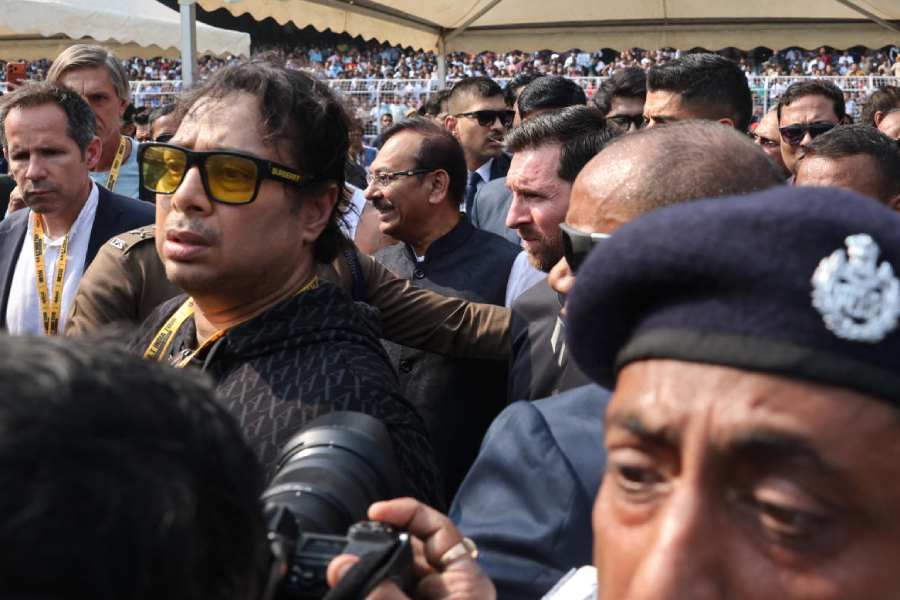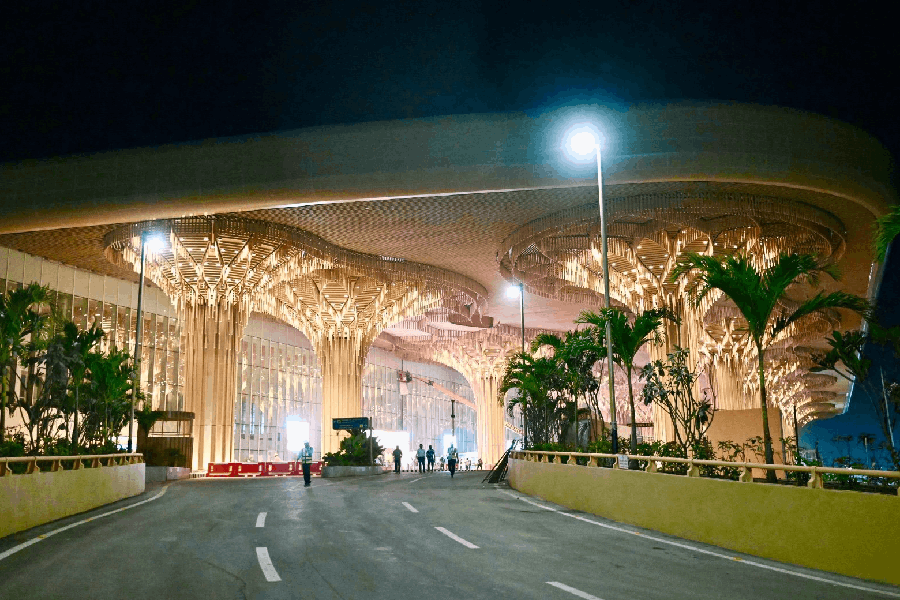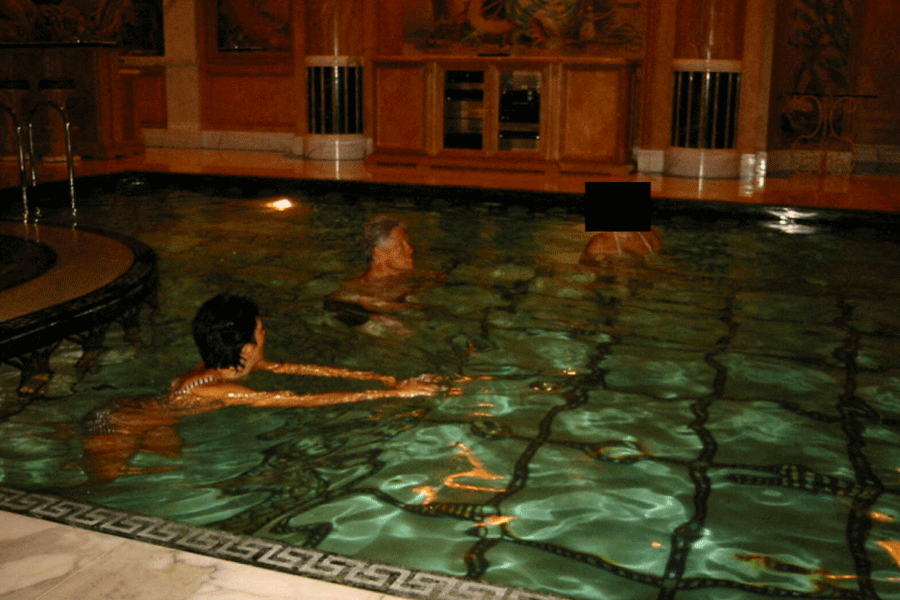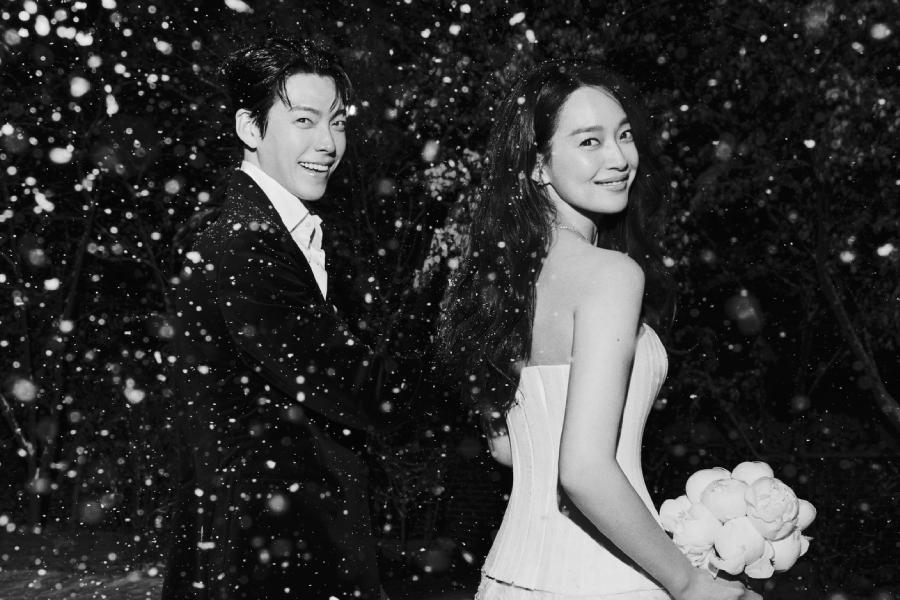The gigantic billboard outside Calcutta’s Kavi Nazrul metro station read: “Live nestled in the real Nishchindipur village. Pather Panchali’s Boral”. Nishchindipur quite literally means a land of no worries.
The advertisement became an excuse to revisit Boral, a village 15 kilometres south of Calcutta made famous by Satyajit Ray’s film Pather Panchali.
The film, based on Bibhutibhushan Bandyopadhyay’s novel, tells the story of rural Bengal and its people through the lives of Harihar and Sarbajaya, and their children Durga and Apu.
Provat Mitra, who is a social activist, writer and Boral resident, gave us — my friend and I — directions to reach Bakulmaath where Harihar’s ancestral house still stands.
Apart from Bakulmaath where the bioscope man’s Dilli-dekho Dilli-dekho scene was shot and the house, which was the setting of the humdrum lives it cradled, there are other things to see. The pond into whose benign waters Apu threw Durga’s stolen trinket; the bamboo grove where the homeless Indir Thakrun was found dead; Saraldighi, which is half a kilometre away.
Mitra told me over the phone, “Come, but don’t be shocked if you find yourself in the middle of apartment blocks and under-construction malls.”
We got into an auto at Kavi Nazrul station. It made its way through a strange landscape. So there was the Boral post office with its haunted abandoned look rubbing shoulders with swanky highrises with names such as Nova and Anahita.
Mitra was waiting for us on the steps of the twin temple on one end of Bakulmaath. He was with another man, very tall and possibly in his eighties, who introduced himself as Sote.
“I played the errant student who got spanked by the grocer-cum-teacher Prasanna Mastermoshai played by Tulsi Chakraborty,” said the man whose real name is Tushar Kanti Ghosh. Sote was his screen name in Pather Panchali.
He continued, “Tulsi-babu didn’t really hit me. That was a kind of screen illusion. I had to spread my palm and be still. Then one of the crew members whacked a sack of salt with a cane and cinematographer Subrata Mitra captured the picture quickly.”
Sote can be seen in all of three memorable scenes in the film.
Ghosh was 10 years old when Ray arrived in Boral with his crew to shoot the outdoor sequences. He pointed to a spot where once stood a bakul tree and said, “Ray would sit underneath it and chew a handkerchief as he silently composed each sequence in his head.”
As Ghosh remembers it, Ray smoked as he created the visual screenplay. Those detailed pen and ink sketches were passed on to the film’s cinematographer Subrata Mitra.
Ray’s biographer Andrew Robinson wrote in the book The Inner Eye, “The village of Boral provided most of the remaining actors… Ray had seen someone in the village whom he wanted to play the bald-headed villager woken by the first drop of monsoon rain on his pate, but he did not know his name. So he scribbled a quick sketch of the man, who was promptly fetched by his excited neighbours.”
Ghosh said, “Ray requested my father to let me act. But my father agreed only on the condition that I return home before dusk.”
More than a dozen children of the village played bit roles in the film. Ghosh remembered how the children were ferried to the shooting spot near Boral High School. “Ray and his crew took hours to put the camera, trolley and other equipment in order; we waited dressed in blue dhotis. Tulsibabu chatted and cracked jokes,” he added. He recalled the sumptuous packed lunch from some Calcutta restaurant.
It was Ghosh who took us on a nostalgia tour and also played guide. He showed us the bust of Ray, almost hidden by wild weeds and tall grass. Behind it was what I recognised in parts as Harihar’s house and a garage, where the bamboo grove used to be.
We rang the bell and the real-life owner of the house, Ananda Gopal Mukherjee, let us in. Ghosh continued with his commentary. “Many of the scenes were created by art director Bansi Chandragupta in different parts of this house,” he said. The tulsi mancha we see in the film was one such; it is still there.
Mukherjee added, “Ray rented the house for a year. That was before I was born.”
The poignant pond beside the house is completely dry. One wouldn’t recognise it for the liquid inspiration Ray wrote about in My Years With Apu. Saraldighi, where Ray shot the nodding lotuses, is hemmed with concrete and black and white murals. One of the murals represents the iconic train scene from the film. Looming over it is a flex with the face of a politician.
What did Boral look like when Robinson wasresearching the book on Ray? In an email to TheTelegraph, Robinson says, “To my regret, I never did visit the location during the 1980s while researching my biography of Satyajit Ray.”
As we took leave, Ghosh said, “Next time you come, you might find all this gone and an apartment block inits place.”
Local buzz has it that the developer is currently picking names and one of the top contenders is Pather Panchali.

